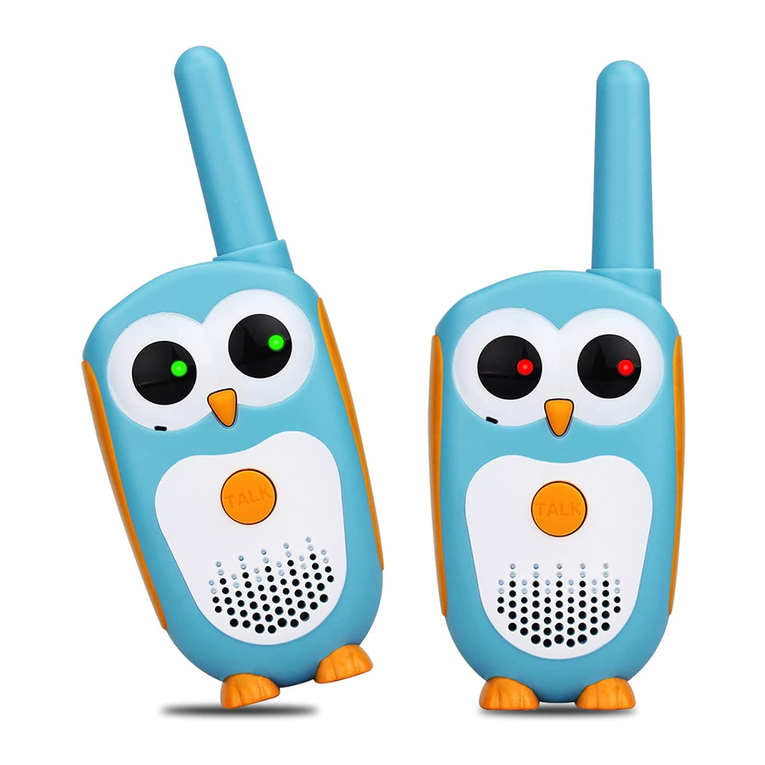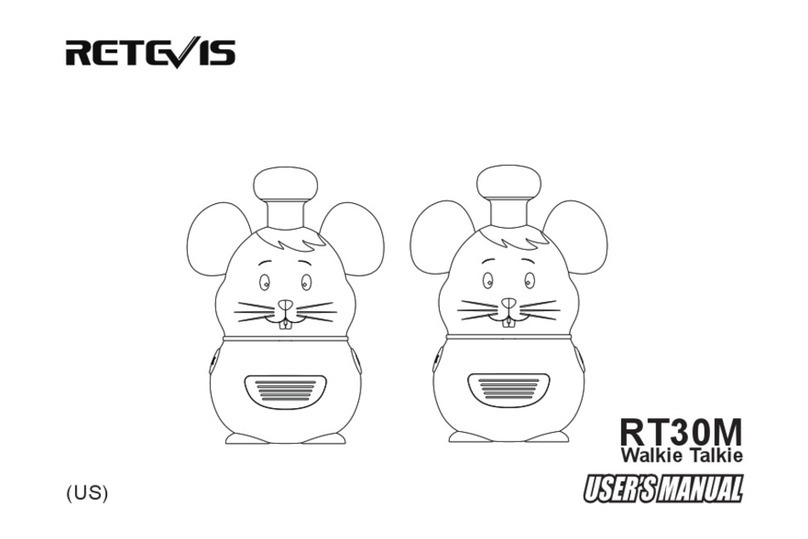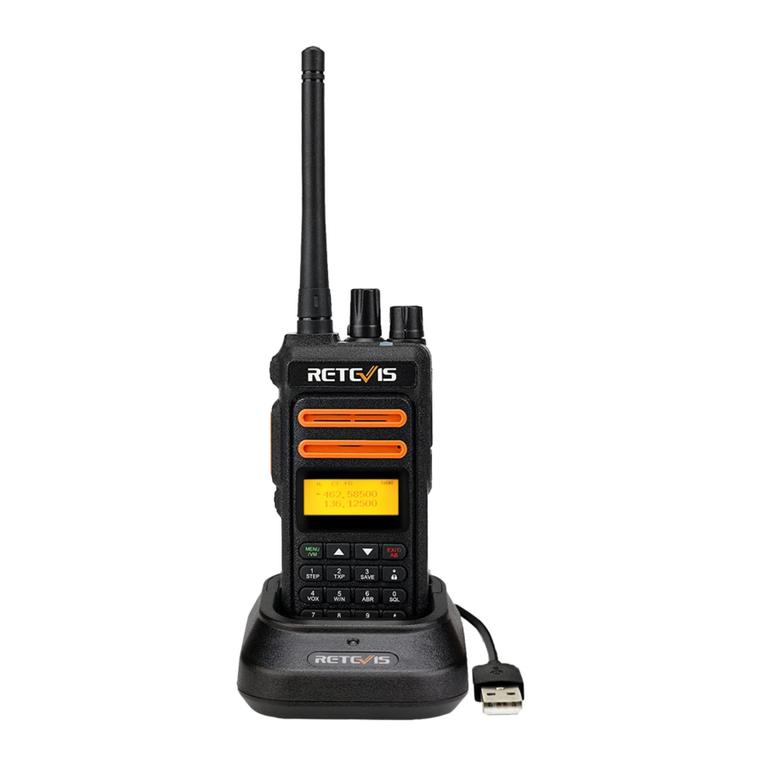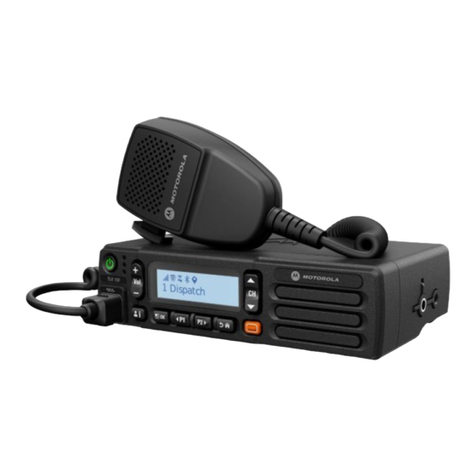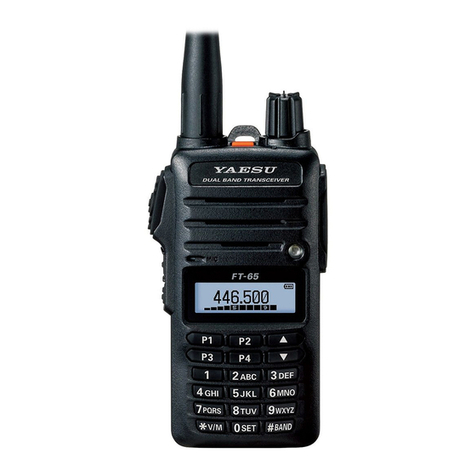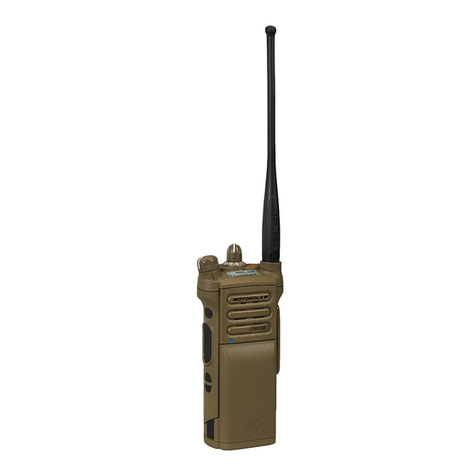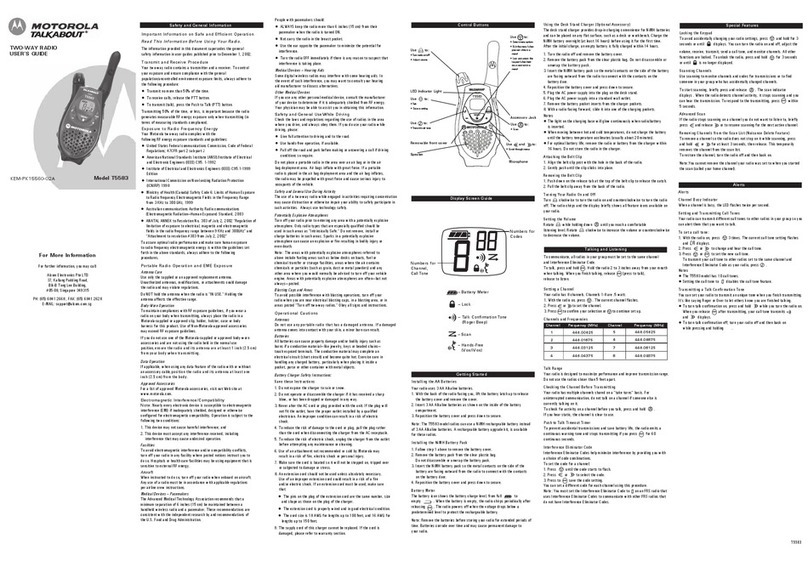Retevis RT10 User manual
Other Retevis Two-way Radio manuals

Retevis
Retevis RT32 User manual
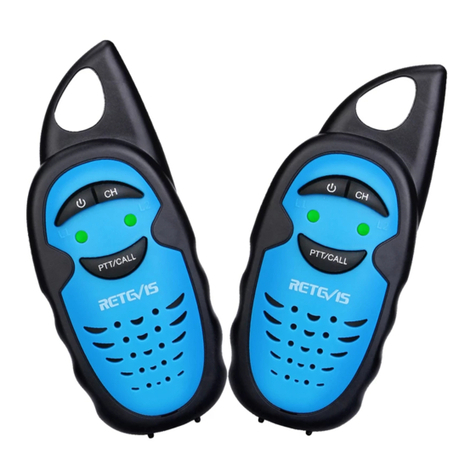
Retevis
Retevis RT639 User manual
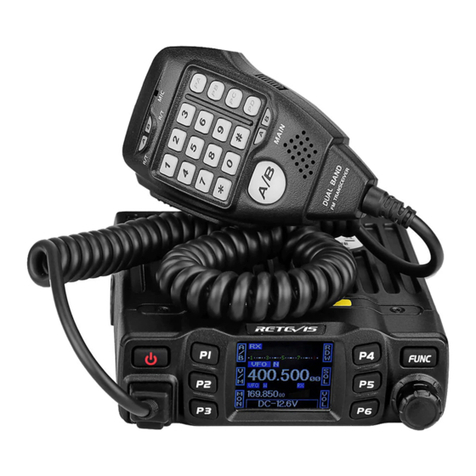
Retevis
Retevis RT95 User manual
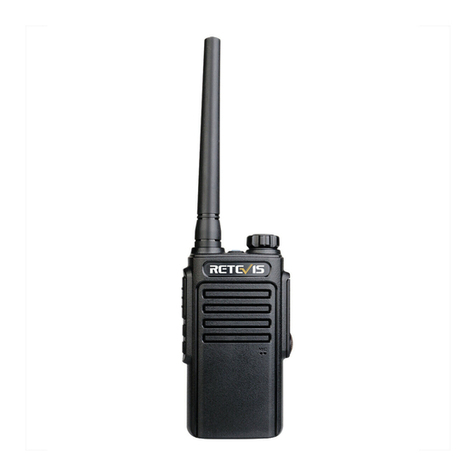
Retevis
Retevis RT47 User manual

Retevis
Retevis RT37 User manual
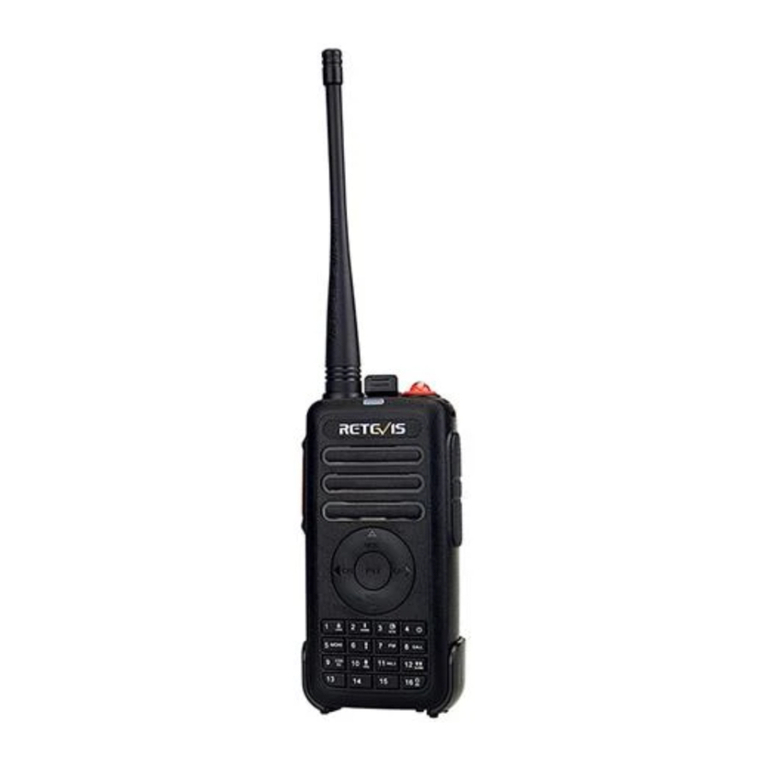
Retevis
Retevis RT25 User manual
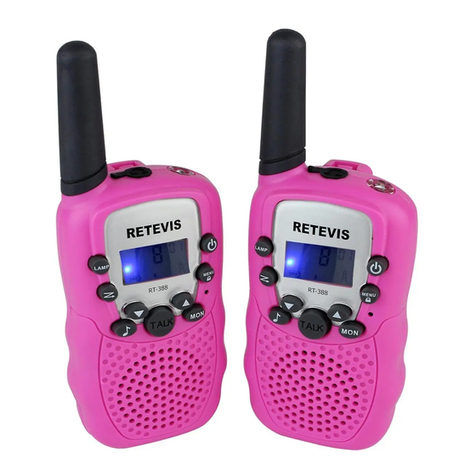
Retevis
Retevis RT-388 User manual
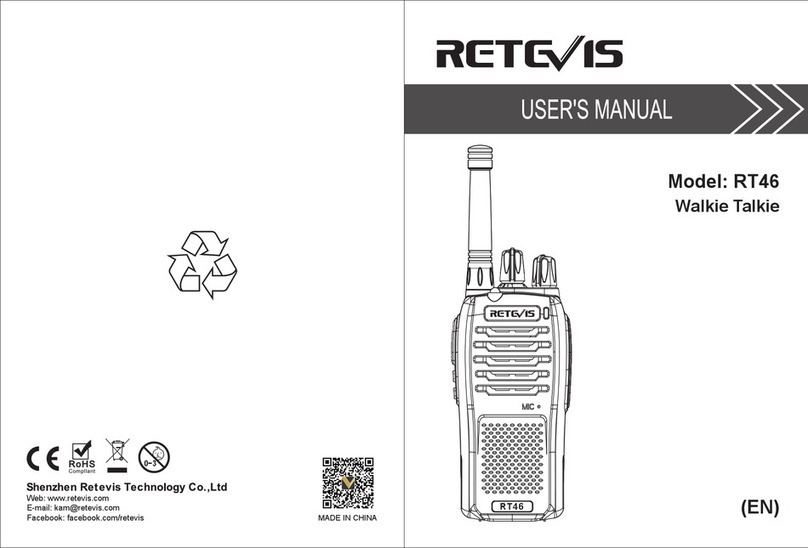
Retevis
Retevis RT46 User manual

Retevis
Retevis RT18 User manual

Retevis
Retevis RT619 User manual
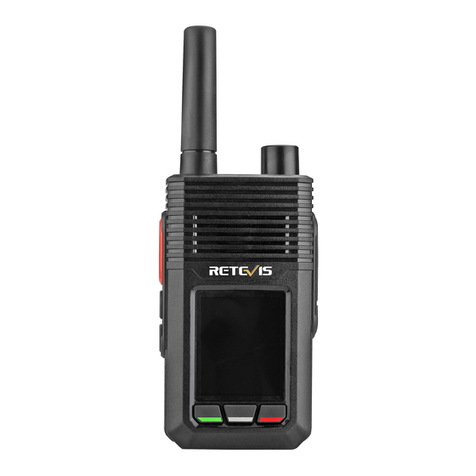
Retevis
Retevis RB20 User manual
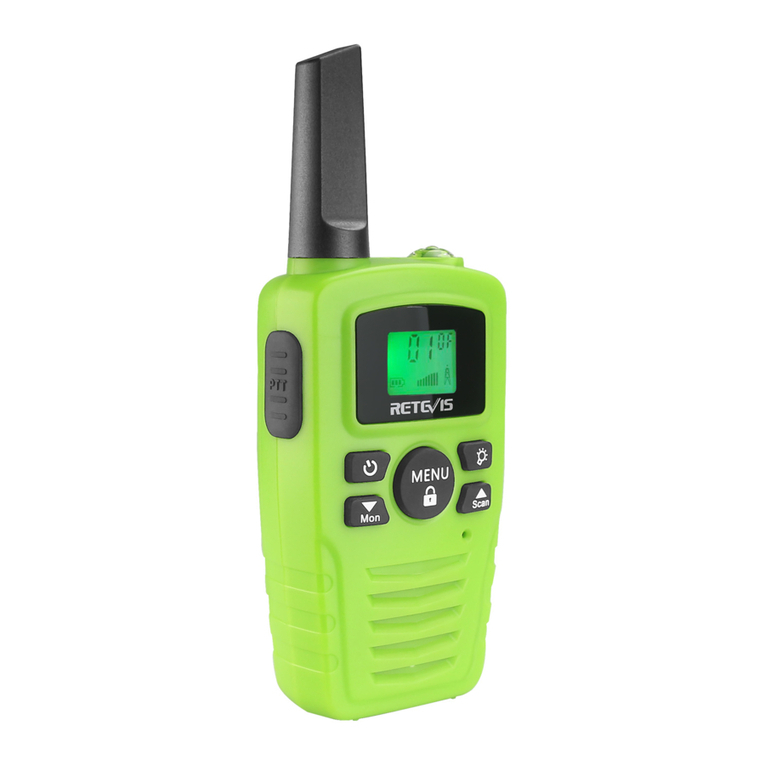
Retevis
Retevis RA635 User manual
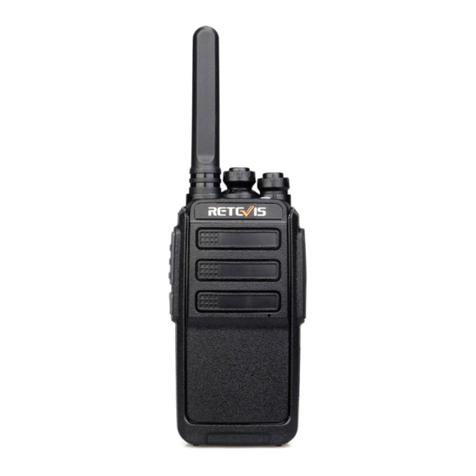
Retevis
Retevis RT28 User manual

Retevis
Retevis RT616 User manual
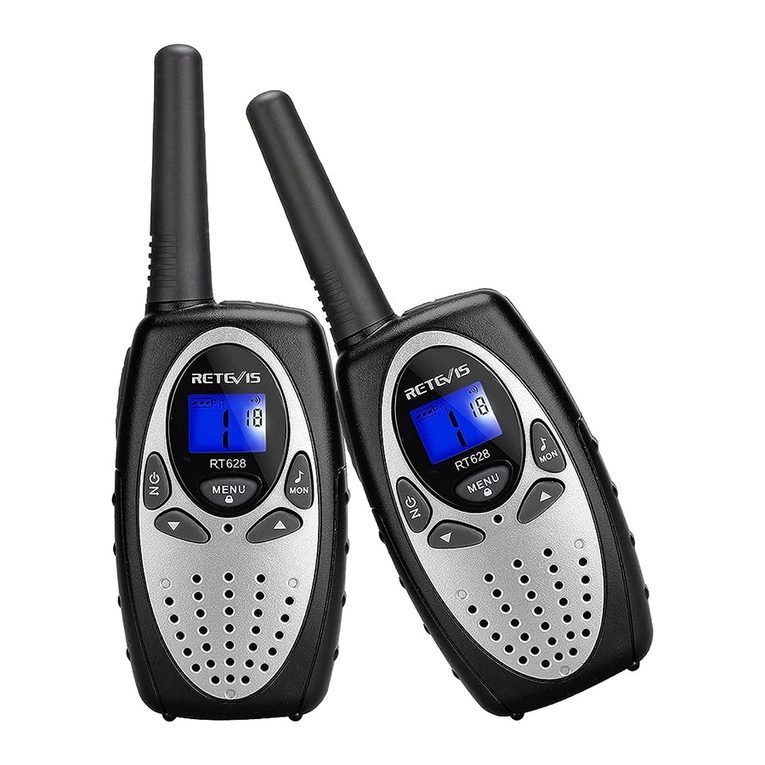
Retevis
Retevis RT-628 User manual

Retevis
Retevis RB19 User manual
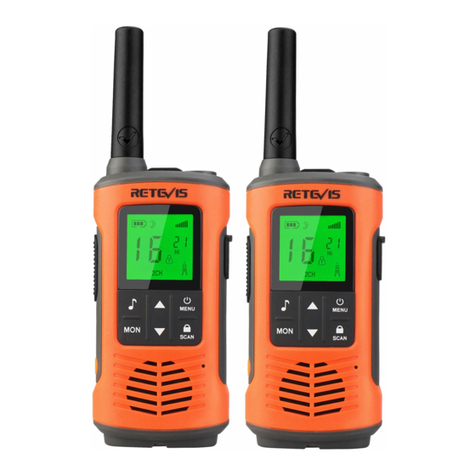
Retevis
Retevis RT45P User manual
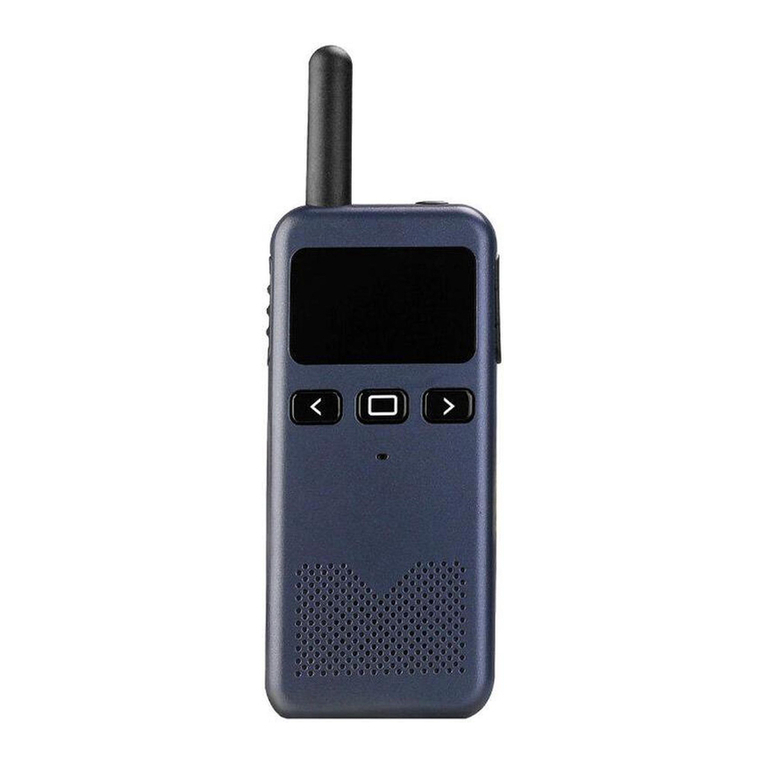
Retevis
Retevis RB19P User manual
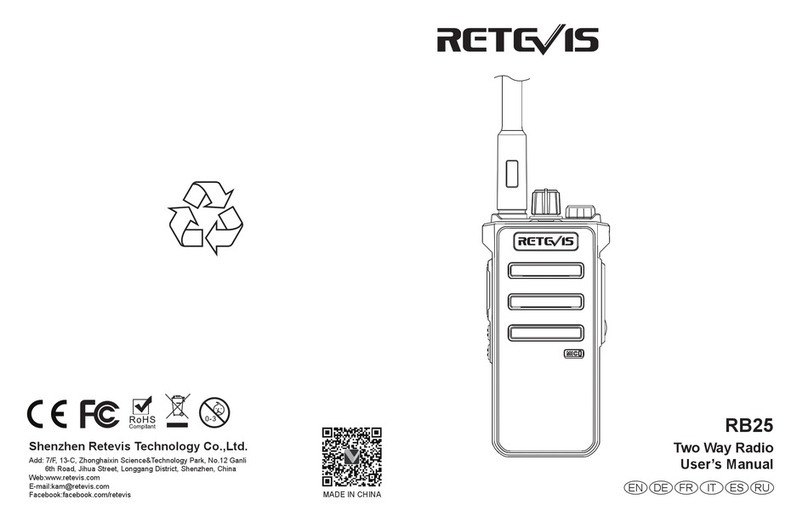
Retevis
Retevis RB25 User manual
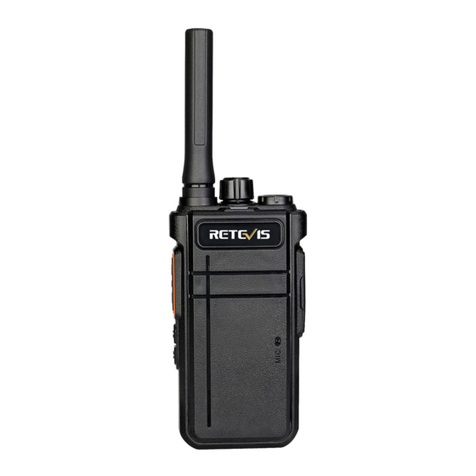
Retevis
Retevis RB37 User manual
